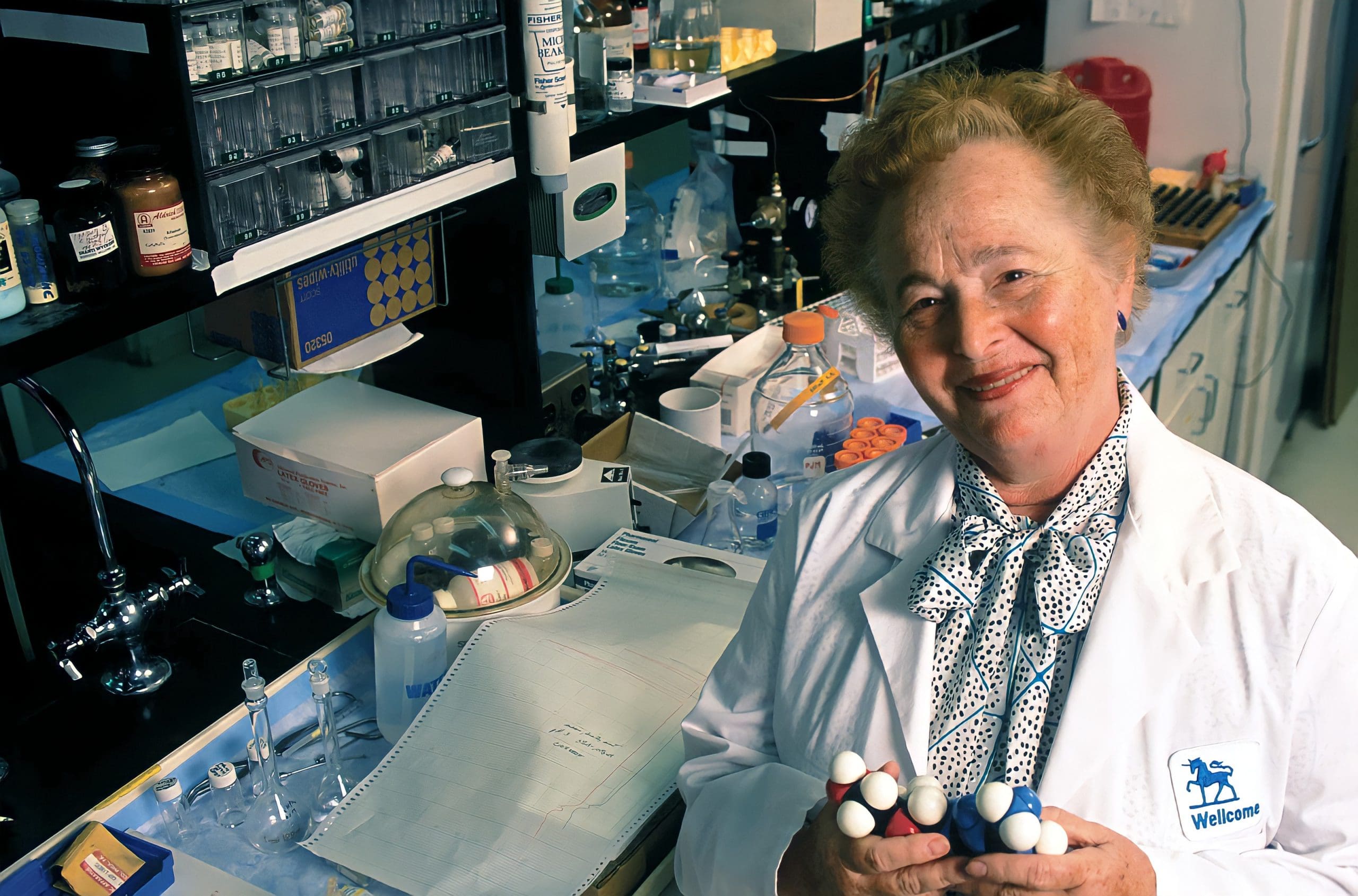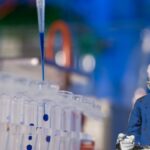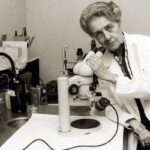The discoveries made by Gertrude Elion are too “tiny” to be seen because the findings of her engineering studies are at the molecular level. Elion is a pioneer of chemotherapy. Some of the medicines she developed have given hope to millions of people who are fighting infections or cancer caused by viruses and bacteria.
Who was Gertrude Elion?
Gertrude Elion was born in New York, USA. Her mother was Russian, and her father was Lithuanian. The child “Trudy” had an insatiable desire to read and learn. She was interested in a variety of things. The death of her grandfather from leukemia (stomach cancer) caused the young girl to become interested in science. At the age of 15, she began studying chemistry at Hunter College in New York to find medications to cure or prevent the illness that caused her grandfather’s death.
Education at Hunter College was for women only, and so Elion grew up in a women’s circle of scientific research. However, male dominance was continuing in the world outside the school, and Elion found that, despite her remarkable academic achievement, she couldn’t find financial support for her Ph.D. She worked in various jobs at very low wages and eventually saved up enough money to enroll in night school. Although she completed her Master’s degree in 1941, she never received her Ph.D.
That same year, women were hired in some laboratories because many young men went abroad to take part in World War II. Elion started working as a research assistant in the New York laboratory of the pharmaceutical company Burroughs Wellcome in 1944. There, she assisted George Hitchings (1905–1998), an American physician and chemist. Hitchings encouraged her to keep learning and conduct her research.
Although Gertrude Elion mainly studied chemistry, her search for new drugs led her to also learn biochemistry, the science of pharmaceuticals, and virology. Before the 1940s, biochemists discovered that a chemical component in the cell nucleus called DNA was involved in cell replication. Scientists had previously worked on the parts that make up DNA, but the double helix structure of DNA could not be revealed until 1953.
The most important components are small molecules called purines and pyrimidines that combine in pairs along the much larger DNA molecule. Elion wondered if the change in these molecules would trick a virus or bacterium or if it could stop the uncontrolled proliferation of cancer cells. Together with Hitchings, she undertook research on new molecules.
Chemotherapy, herpes and organ transplantation

Elion and Hitchings reached their first important conclusion in 1948. Of the purines they produced, 2,6-diaminopurine limited the growth of bacteria and slowed the growth of tumors in mice. Within a few years, Elion experimented with over 100 synthetic purines. A study of mice in 1951 revealed that 6-mercaptopurine (6-MP) could fight leukemia. At that time, there was little hope for leukemia patients, most of whom were children and most of whom died a few months after diagnosis. When 6-MP began to be tested in humans, it was found to increase life expectancy, and some children showed signs of complete recovery. This drug is still used in chemotherapeutic applications.
With increasing knowledge of biochemical reactions in the field of cell biology, Elion continued to develop drugs that are effective against a range of diseases such as malaria, bacteria-induced meningitis, and blood poisoning. In 1958, she made the first drug that turned off the immune system. This made organ transplants safer.
In 1981, after a decade of work, she developed the first antiviral drug, “acyclovir,” the active ingredient of drugs such as Zovirax and Valtrex used against herpes. Gertrude Elion won the Nobel Prize in Physiology and Medicine in 1988, along with many other awards, for her groundbreaking work in the field of chemotherapy. The award, which she shared with George Hitchings and Scottish pharmaceutical scientist James Black, was given to Elion on the basis of her discoveries about the principles of drug treatment.
In 1958, American doctor William Dameshek (1900–1969) suggested that the drug 6-MP, developed by Gertrude Elion against leukemia, could be effective in suppressing the immune system. This would prevent the body from rejecting the organ after transplantation. According to Damashek, the white blood cells responsible for the immune response were similar to the white blood cells observed in leukemia.
In 1960, Roy Calne, one of the pioneers of organ transplants in England, tried 6-MP in kidney transplants in dogs and found it to be effective. Gertrude Elion argued that another related compound, azathioprine, could be more useful. In 1961, Roy Calne conducted promising trials with the new drug. Soon, the first successful kidney transplant between biologically unrelated people was performed using azathioprine. Since 1978, when cyclosporine became more powerful, it and corticosteroids have been the main drugs used in organ transplants.
Quotes
“Don’t be afraid of hard work. Nothing worthwhile comes easily. Don’t let others discourage you or tell you that you can’t do it. In my day I was told women didn’t go into chemistry. I saw no reason why we couldn’t.”
“Nobody… took me seriously. They wondered why in the world I wanted to be a chemist when no women were doing that. The world was not waiting for me.”
“The Nobel Prize is fine, but the drugs I’ve developed are rewards in themselves.”
“I had fallen in love with a young man… and we were planning to get married. And then he died of subacute bacterial endocarditis… Two years later with the advent of penicillin, he would have been saved. It reinforced in my mind the importance of scientific discovery…”
“Maybe I was young and ‘cute’ (after all, I was only twenty then), but I’ve learned over the years that when you put white lab coats on chemists, they all look alike!”
Bibliography:
- Gertrude B. Elion, Biography of Gertrude B. Elion, Jewish Women Encyclopedia
- Bouton, Katherine (January 29, 1989). “The Nobel Pair”. The New York Times. Retrieved November 25, 2019.
- “George Hitchings and Gertrude Elion”. Science History Institute. June 2016.




